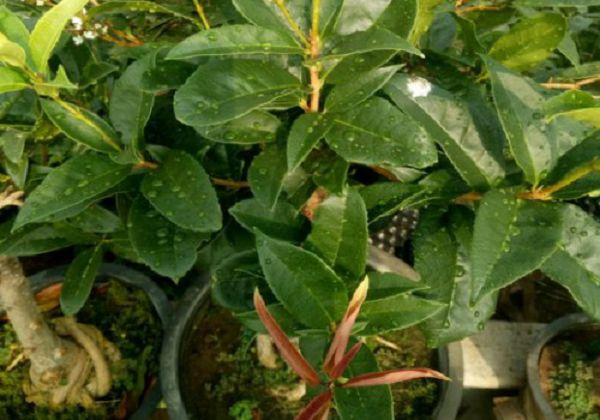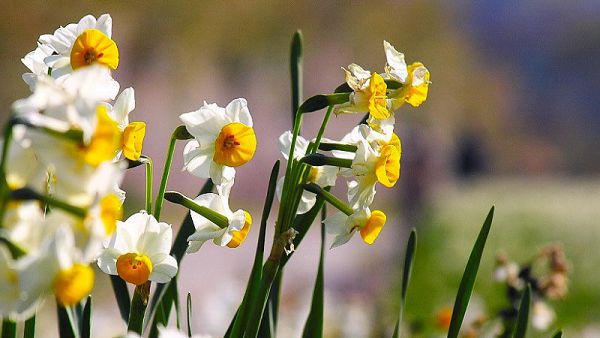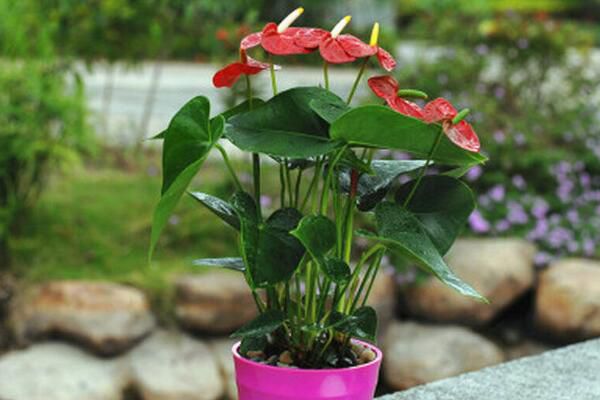Fertilization skills of potted Osmanthus fragrans

Sweet-scented osmanthus is more tolerant to barren, but also likes fertilizer, but does not like big fertilizer, thick fertilizer, so usually must master skills, especially potted sweet-scented osmanthus fertilization, often need to be more cautious. If there are not enough nutrients in the basin, it will inevitably affect its normal growth, but if it is fertilized too much, especially too much, it is easy to cause fertilizer damage. So, what skills do you need to master to fertilize potted sweet-scented osmanthus? Today, the editor will share with you the fertilization skills of potted sweet-scented osmanthus.
First of all, we should be clear that potted sweet-scented osmanthus should pay more attention to fertilization management than field-planted sweet-scented osmanthus, because sweet-scented osmanthus can get more nutrients from the soil, so it is easier to maintain; while potted sweet-scented osmanthus can only use a certain amount of soil because of the limited pot space, and can not get more nutrients through the soil. Therefore, the fertilizer management of potted sweet-scented osmanthus is stricter than that of soil planting. Secondly, the nutrient requirements of potted sweet-scented osmanthus in different growth stages are also different, so topdressing methods are also different.
First, apply sufficient base fertilizer
Generally speaking, when we pot sweet-scented osmanthus, we need to apply enough base fertilizer to the bottom of the pot, usually mainly organic fertilizer, which can be sheep manure, other livestock and poultry manure, sesame cake, bean cake and so on. In short, the bottom fertilizer should use farm organic fertilizer, which can be buried in the bottom of the basin or mixed into the basin soil, but do not let the fertilizer come into direct contact with the root system of the plant.
Second, apply compound fertilizer
In the growing season of sweet-scented osmanthus, it requires not only adequate supply of nutrients, but also no lack of elements, usually nitrogen, phosphorus and potassium three-element compound fertilizer is suitable. You can first prepare a large container, fill it with an appropriate amount of water, and then put the compound fertilizer into the water, prepare it according to the appropriate proportion, and make liquid fertilizer to irrigate the sweet-scented osmanthus. However, when applying fertilizer, you should apply thin fertilizer frequently, and do not consume too much fertilizer at a time to avoid burning roots.
Third, foliar topdressing
Applying fertilizer to sweet-scented osmanthus is generally based on root topdressing, but it can be combined with foliar topdressing. Foliar topdressing has the characteristics of good absorption effect and quick effect, which is mostly used to promote flowering and long leaves, so that sweet-scented osmanthus blossoms more and fragrant, and the leaves are more oil-green and thicker, so the ornamental value of potted plants is naturally higher. Spraying foliar fertilizer is usually carried out at the beginning of spring, once every other week, three times in a row; at the same time, near flowering, a little potassium dihydrogen phosphate can also be sprayed to promote flowering.
4. Alternate fertilization
To fertilize potted sweet-scented osmanthus, it is generally recommended to use self-retting rotten fertilizer and compound fertilizer alternately, the plant growth effect is better. We can use peanuts, fish sausages and other retting into rotten fertilizer, let it fully ferment, so that it is safer to use. When fertilizing, the self-made fertilizer or compound fertilizer is dissolved and diluted into fertilizer liquid, and then alternately topdressing is carried out.
The application of raw fertilizer is prohibited.
No matter what kind of flowers and plants, the consequences of applying raw fertilizer are more serious. Because there is no raw fertilizer that has been retted and rotten, if it is applied directly, a large amount of heat will be released during fermentation in the basin, thus burning the roots of the plant. Raw fertilizer is mainly organic fertilizer that has not been fermented and rotten. Generally, it needs to be retted well in advance to make it fully rotten, so as to avoid fermentation heat in the basin. Of course, the fertilizer made by yourself may have a bad smell, so you can use yogurt to taste it.
- Prev

What if the daffodils fail?
What if the daffodils fail?
- Next

How long should Anthurium andraeanum be watered after changing the basin? it should be watered thoroughly immediately after changing the basin.
How long should Anthurium andraeanum be watered after changing the basin? it should be watered thoroughly immediately after changing the basin.
Related
- Fuxing push coffee new agricultural production and marketing class: lack of small-scale processing plants
- Jujube rice field leisure farm deep ploughing Yilan for five years to create a space for organic food and play
- Nongyu Farm-A trial of organic papaya for brave women with advanced technology
- Four points for attention in the prevention and control of diseases and insect pests of edible fungi
- How to add nutrient solution to Edible Fungi
- Is there any good way to control edible fungus mites?
- Open Inoculation Technology of Edible Fungi
- Is there any clever way to use fertilizer for edible fungus in winter?
- What agents are used to kill the pathogens of edible fungi in the mushroom shed?
- Rapid drying of Edible Fungi

